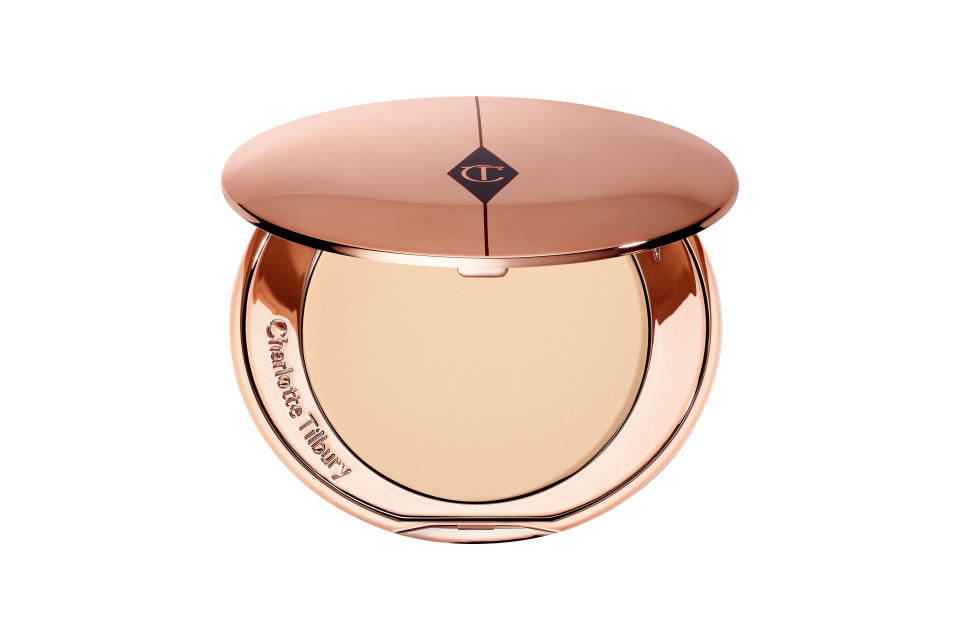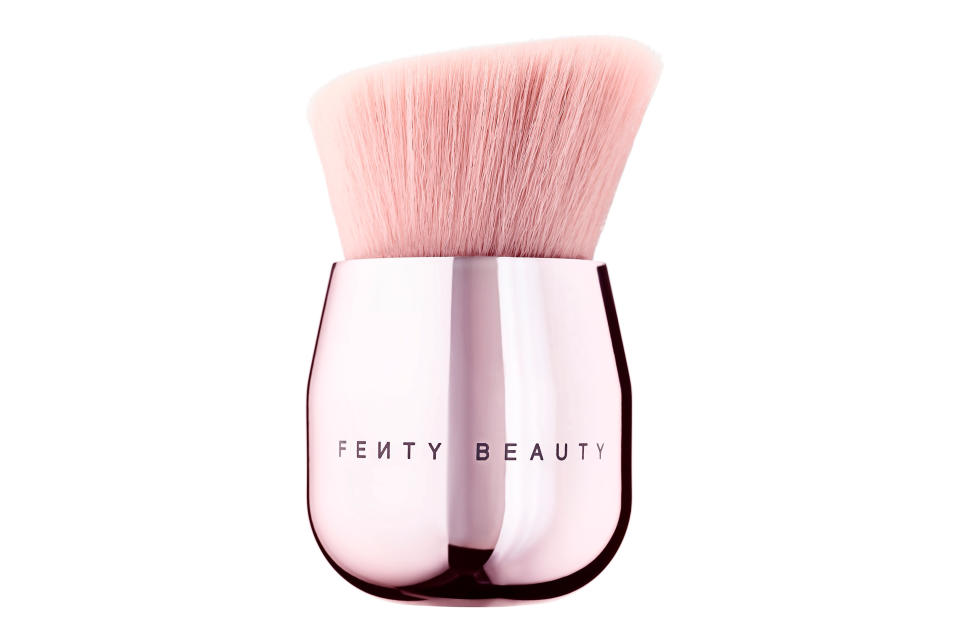Everything you need to know about face powders
We’d bet money that if you reached into your bag right now, you’d find a powder compact in there. Face powders are a fixture in almost every beauty lover’s life, but they’ve become an increasingly complicated subject. HD powders, finishing vs. setting, tinted, or translucent, brush or puff… It’s easy to get confused, but it doesn’t have to be. Here, we’re going to tell you everything you need to know about face powders: the different types, how to apply them, and why you should consider adding one to your makeup arsenal.
Okay, why should I use face powders?
So many reasons! While everyone wants to glow, nobody wants to look greasy, and powder is a great mattifier. Powder atop your liquid or cream foundation helps to set it so that it won’t migrate into any lines or slide down off your face. Certain powders can also reduce the look of fine lines and pores.
Powder is also a great base upon which to apply blush, contour, bronzer, or shimmer. You can apply those things straight on top of your foundation if you like, but everything lasts longer when powder is in the mix. Another option is to use powder to set cream eyeshadow, turn down the volume on blush that’s too bright, give a slippery lip color more staying powder, and in an emergency, as a replacement for dry shampoo.
What’s the difference between finishing powder, HD powder, setting powder, pressed powder, and loose powder?
To begin: Pressed and loose powders are sisters, not twins.
Loose powder comes in a jar, has smaller particles (and therefore a finer consistency), and usually gives lightweight coverage. It’s also messy and hard to transport, so this guy is meant to stay at home.
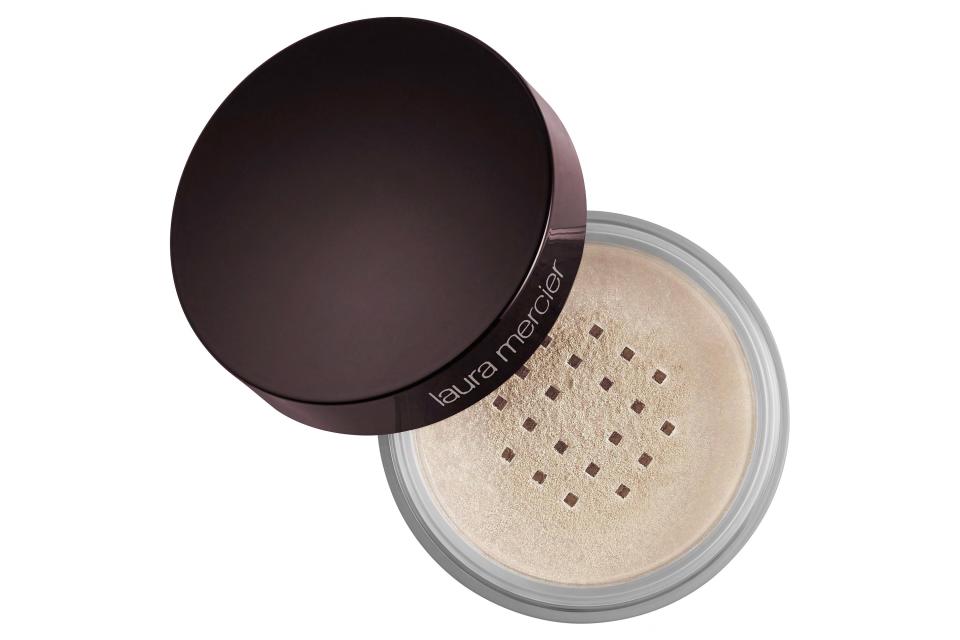
Pressed powder comes in a compact and contains ingredients used to turn the product into a semi-solid. These are usually things like silicones and waxes, so if your skin is annoyed by that stuff, you may have a hard time with pressed powder. Because the particles are slightly bigger and contain these stick-together ingredients, applying too much pressed powder can result in a cake-y appearance. Using a little as a touch-up throughout the day, though, is quick and easy.
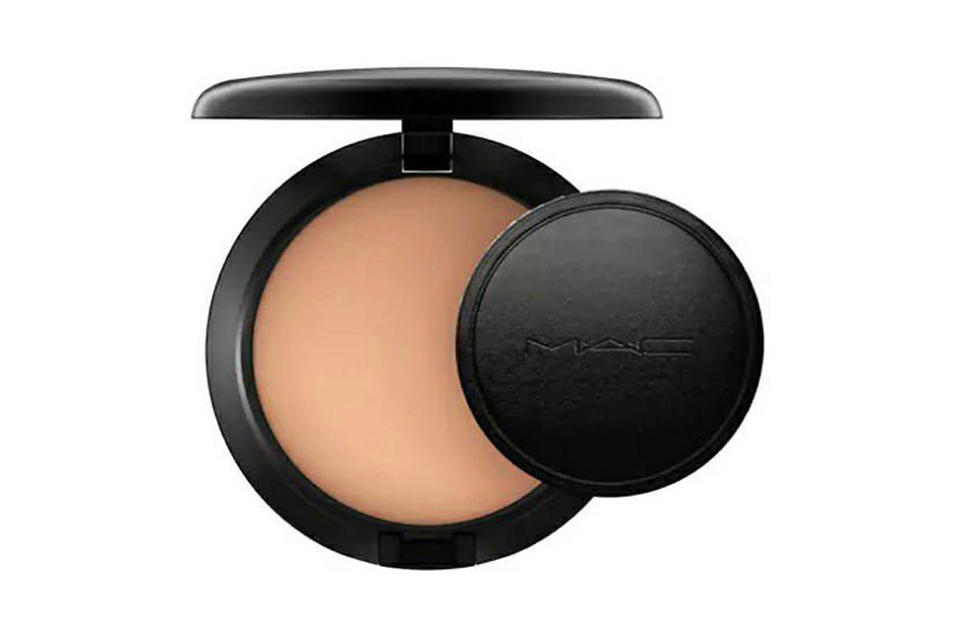
The difference between setting powder and finishing powder is a little nebulous. Many cosmetic companies use these terms interchangeably, so it’s partially a matter of marketing. Setting powder is what we think of as classic powder—it goes on after your foundation to get rid of shine and “set” it so that it lasts a long time. It can be tinted to match your skin or translucent.
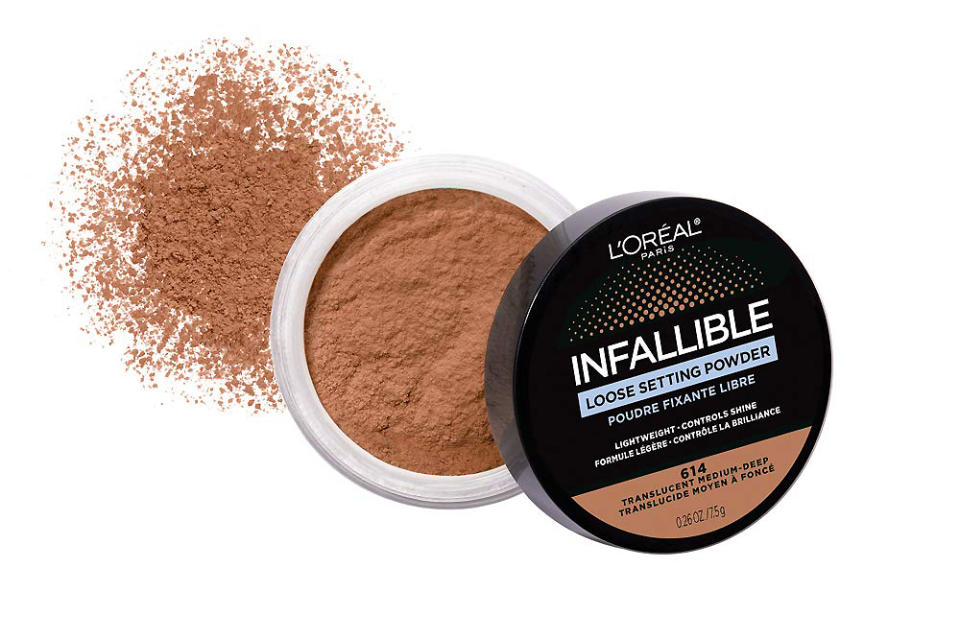
Finishing powder is generally used after setting powder to blur fine lines and pores, giving you an extra-perfect look. It’s best for situations where you’re going to be photographed a lot, rather than an essential step for everyday makeup. These powders are white. If you’re going to be dealing with powerful cameras and flashes, you’ll need to be careful with finishing powders. If you use too much or don’t blend well, you can look like you fell face-down in a bucket of baby powder. This is because the light from the flash can bounce off certain ingredients, causing the dreaded chalky-white flashback, but for normal life, applying a finishing powder as a setting powder won’t have terrible consequences if you use a little and blend it well.
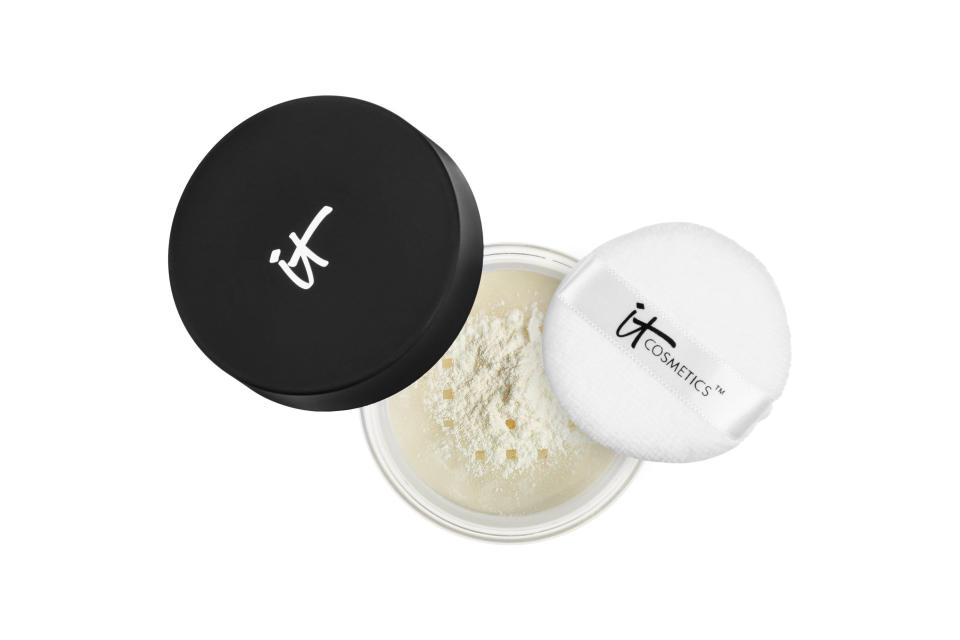
HD powders are usually finishing powders. They are so named because makeup artists working on TV and movies that shoot in high definition found that other face powders read as too heavy on film.
Should I use a face powder that matches my skin tone, or one that’s translucent?
Your call. Powder that matches your skin tone can add a little extra coverage and help conceal any spots or scars that you may have. It can also look thick, especially as you reapply.
Translucent powder matches all skin tones when blended well. It’s great for killing shine and doesn’t add a ton of extra product to your skin as you touch up throughout the day. However, if it isn’t blended properly, you can end up with the dreaded flashback.
Can I wear face powder on bare skin?
Sure! Translucent powder will kill shine, and tinted powder will also give you a little evening-out power. If you want more coverage, look into powder foundation instead.
How to apply and blend face powders:
Begin with your powder of choice and two brushes: a fluffy one, and one with dense bristles—a kabuki brush is perfect.
Step one: Apply your SPF, primer, foundation and concealer. Step two: Tip some powder into the lid, then dip your big, fluffy brush into it. Tap to remove the excess. Step three: Apply to your face, starting from the center and moving in big circles toward the outside. To finish, apply your blush, bronzer and highlight over top, and you’re done! If you want to reapply during the day, carry a pressed powder compact and a kabuki brush.
